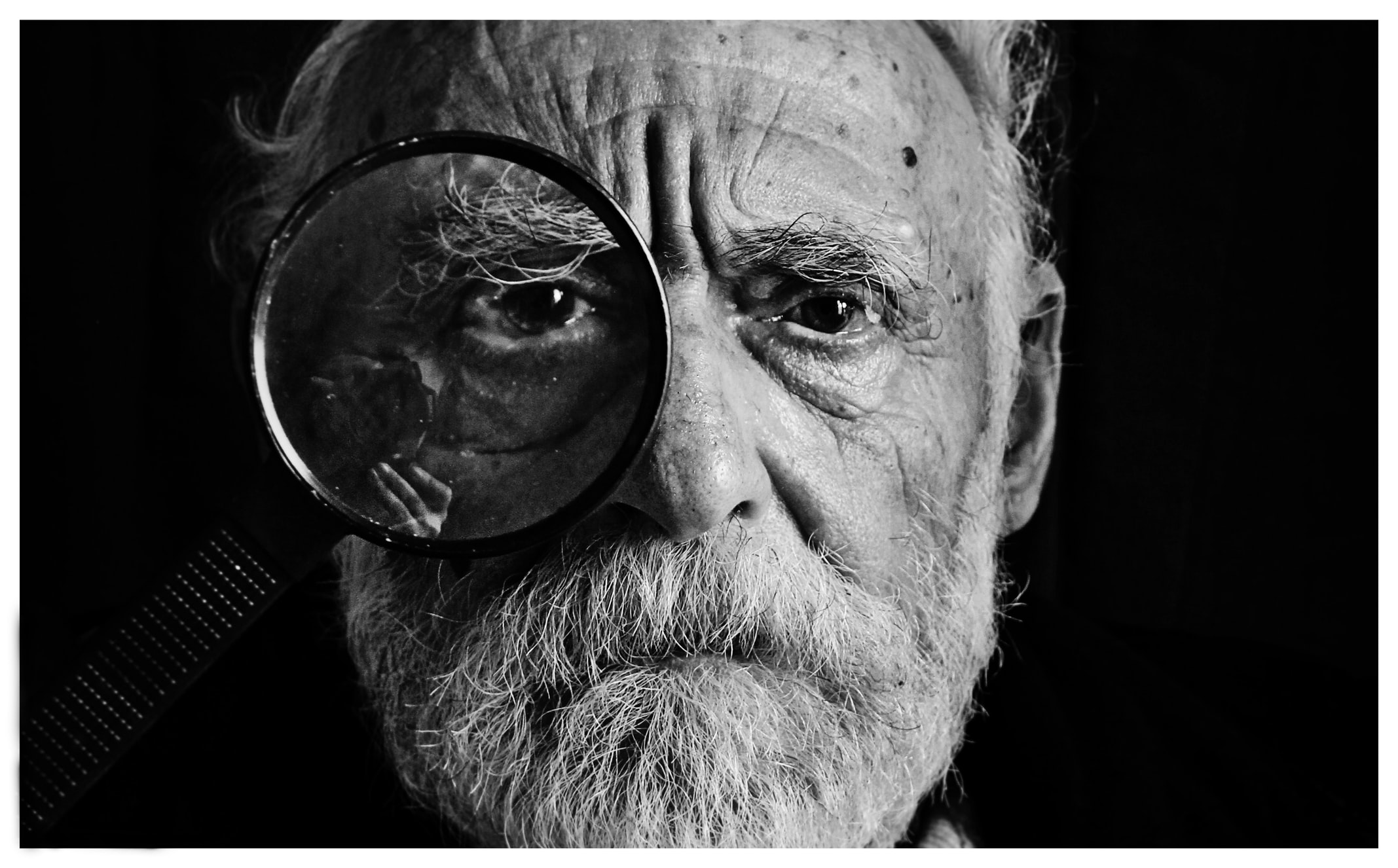Being reminded of the things that make us ‘us‘ is incredibly important from a self-esteem point of view. This week, we take a detailed look at how to gather life story details and the best way to get residents and families onboard…
It is a fundamental need for people to maintain some sense of their own identity, to be able to talk about who they were, and the kind of person they were. Using reminiscence and family members to access their life stories is another vital way to build a profile of who the person was before. This will include simple things such as likes and dislikes, along with more complex things such as personality traits, previous jobs, positions in the workplace, hobbies and meaningful relationships.
All of these things can be used to construct a better understanding of someone, and, in time, develop activities that are specifically tailored to their needs.
Our life experiences shape us as individuals and this helps others to understand who we are as a person. People with dementia sometimes need help to communicate important aspects of their identity like background, interests, and who and what is important to them due to problems with memory loss and communication. (Dementia UK)
Normally people share this information about themselves, but what happens when the ability to communicate is the very element that the person with dementia now finds the most difficult? What happens when a person can no longer fluently tell their own story?
For many carers and activity coordinators, the process of gathering information often represents the first barrier. Although gems of information are often gleaned as part of the pre-assessment process, these are infrequently shared and often never make it to the care plan to inform approaches to communication, care routines or lifestyle preferences.

“We have asked the family to complete the life story book but they haven’t given it back,” is a frequent response to inquiries about a person’s life before care. Often families will have given staff a comprehensive life history but no one seems to read or use it, or even know where it is.
So, first, you need to establish:
- How much information is needed?
- How and when will that information be used?
If you can, try to get the resident’s key worker or someone they know well from the care staff team to do this with you, so they are also benefitting from the conversation and extra information. In addition, family members must be involved in this process. It’s a great way to structure conversations when their loved one has just entered a new care home and they can also be a font of knowledge for the little details you need.
Some top tips for doing this work include:
- Be clear and keep the resident involved throughout the process.
- Help them to recall important things by sharing familiar photos, books or keepsakes to get them talking.
- Agree with them about how you will collect and keep the information.
- Don’t get distracted by your desire to collate information. Sometimes the process allows for a much-needed chat, or even unloading of past memories – let this happen, time permitting.
- Be sensitive. Reflecting on our past lives can be emotional or overwhelming.
- Aim to do this process over a course of a few days or weeks as taking breaks is important.
- Don’t worry if certain details are missing. It can take time to fill in the blanks, but that’s ok.
- Try to focus on one topic per session so it’s not overwhelming.
Next week: Top tips for recording life story information.




